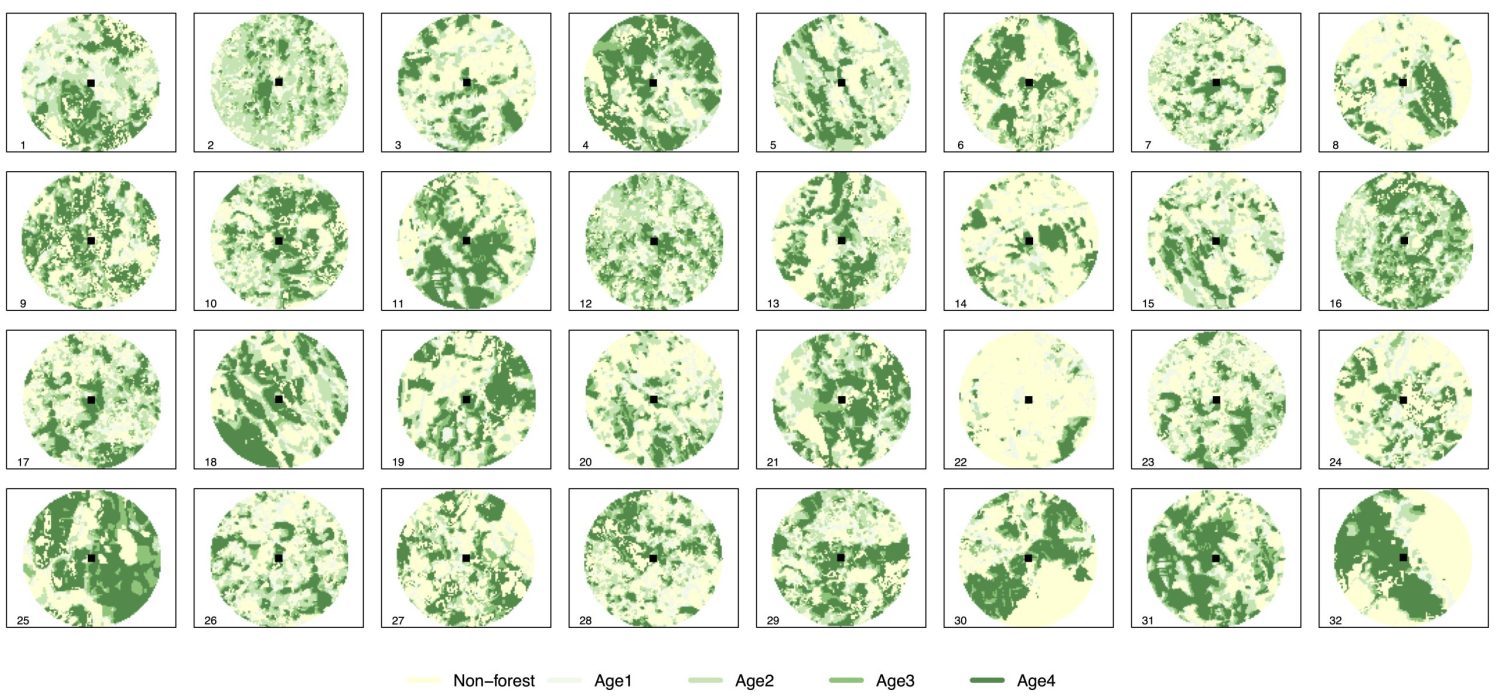New paper about forest biodiversity simulations

Madli, Meelis, Kersti, and Ene, in collaboration with other scientists from Tartu University and the Estonian University of Life Sciences, published a new study in Ecological Modelling. This study explores the functional connectivity of Estonian nemoral old-growth forest patches for different biodiversity groups (ground vegetation, epiphytes, various fungal groups, carabids) using agent-based simulation models. Functional connectivity measures how well organisms can move between the habitat patches in the landscape. For slowly or passively dispersing organisms, it may also be important to assess how well they can temporarily inhabit this landscape. Although the effect of forest age on biodiversity has been widely studied, it was not well known how the age of the surrounding forest affects the functional connectivity of the old-growth forest patches. The simulations used in this article enabled to mechanistically study the processes behind the old-forest affinity. The authors found that the simulation predicted empirical biodiversity patterns of ground vegetation, epiphytes, ectomycorrhizal and pathogenic fungi the better, the larger were the differences in establishment and survival probabilities between the forests of different ages. This result indicates that old-growth forest patches are not functionally well connected and that exploiting the younger forests by forest-specific groups is primarily limited by the lack of microhabitats.
Jõks, M., Helm, A., Kasari-Toussaint, L., Kook, E., Lutter, R., Noreika, N., Oja, E., Öpik, M., Randlane, T., Reier, Ü., Riibak, K., Saag, A., Tullus, H., Tullus, T., & Pärtel, M. 2023. A simulation model of functional habitat connectivity demonstrates the importance of species establishment in older forests. Ecological Modelling 481: 110361.